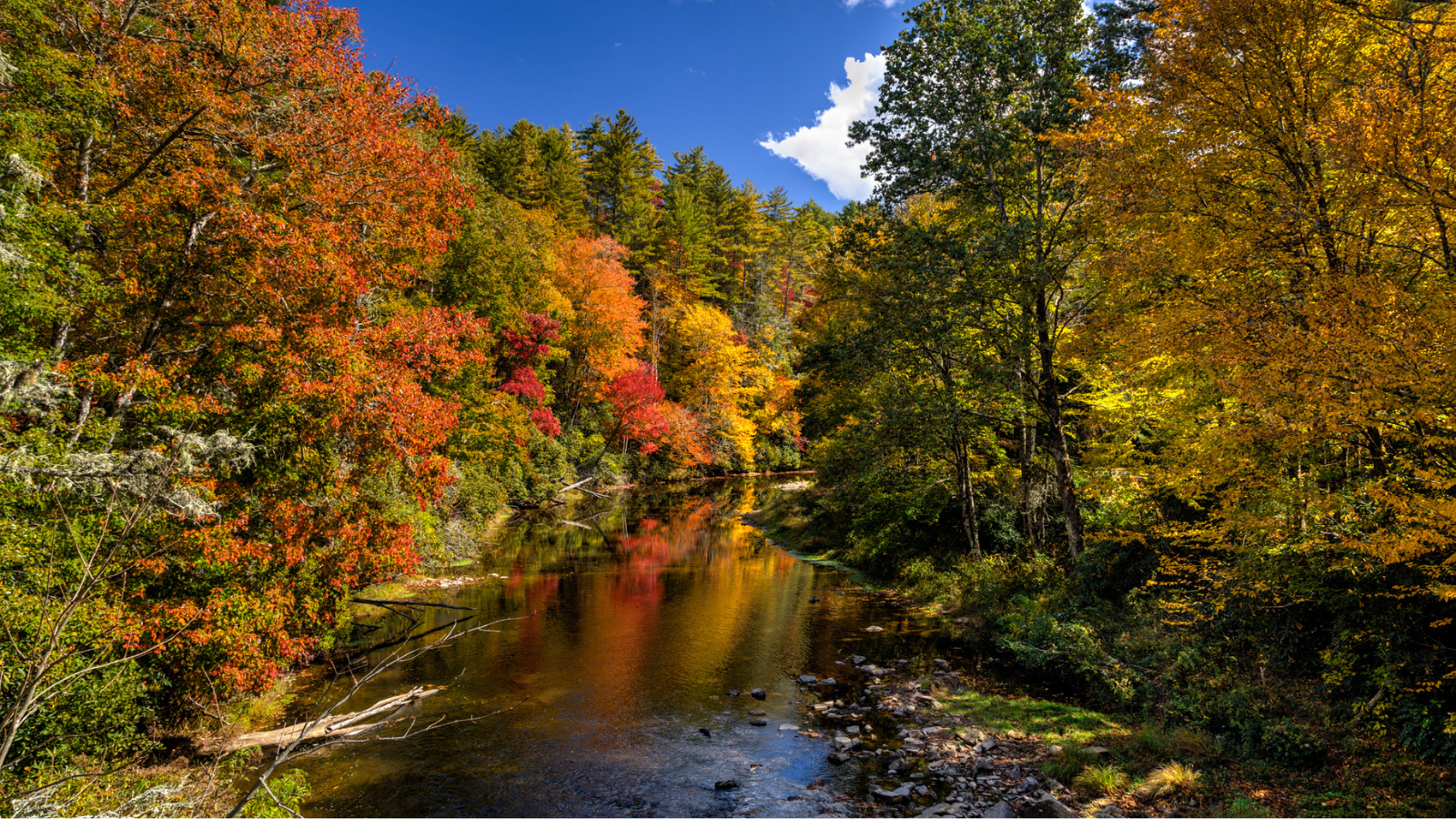Honoring progress as we celebrate the Clean Water Act’s 48th anniversary
The Clean Water Act declared a bold vision in 1972: clean water across America. Yet 48 years later, there is still much work left to do. We must strengthen clean water protections, not roll them back.

Whether we’re washing our hands during the pandemic or finding peace during this stressful year by getting out to a local lake or river, clean water is a central part of all our lives. But it takes work to protect this essential natural resource. And, in America, a longstanding law has been vital in safeguarding it: The Clean Water Act.
On Oct. 18, 1972, the Clean Water Act (CWA) passed in Congress with bipartisan support. At the time, polluters were dumping industrial waste unchecked into our waterways. While the Cuyahoga River catching fire is often cited as the signal event leading to adoption of the Act, the pollution also led to massive fish kills and even rivers changing colors based on what color paint manufacturers were using that day. With the Clean Water Act, we as a nation declared this rampant pollution unacceptable. The law codified what should be an American right — that all our waterways must be safe for swimming and fishing. But the Clean Water Act did more than set a lofty goal. It established an incredible array of protections and programs to reach that goal. Forty-eight years after it was enacted, clean water advocates, including Environment America, are still using these tools to protect our waterways:
-
Restoring polluted waterways: By setting pollution reduction mandates, the CWA helps restore waterways too polluted for swimming, fishing or other uses. Because of these efforts, our families can swim or fish in more than half of America’s waterways. But we still have a ways to go to make all of our waterways safe for swimming. That’s why Environment America and other groups are fighting for more funding to reduce water pollution.
-
Keeping clean rivers clean: The law allows states to establish special protections for pristine or highly valuable waterways. In New Jersey, Georgia and North Carolina, we’ve used these CWA provisions to protect more than 1,000 miles of rivers, streams and other waters.
-
Limiting pollution: The CWA makes it illegal to dump pollution into waterways without a permit and sets limits that each year stop an estimated 1.2 billion pounds of pollution from entering our waterways. In addition, if the government fails to stop polluters from exceeding their permits, the act allows citizens to go to court to enforce the law, as Environment America has done in dozens of cases.
-
Curbing sewage overflows: The CWA provides grants to prevent sewage overflows and stormwater runoff. This has helped to clean up waters previously contaminated by sewage, including the Chattahoochee River in Georgia; the Milwaukee River in Wisconsin; New York Harbor; and San Francisco Bay. Nevertheless, communities still experience sewage overflows and stormwater runoff pollution. As such, increased investment in clean water is necessary to further reduce these sources of pollution.
Thanks to these powerful tools of the Act, many of our waterways are now cleaner – including the Cuyahoga River, which is now a great place for fishing and kayaking. Further progress will require stronger implementation and enforcement of the Act.
Despite its illustrious record of making our water safer, the Clean Water Act is under attack by polluters and their allies in government. The U.S. Environmental Protection Agency’s (EPA) new Dirty Water Rule is a glaring example. It removed federal protections for countless streams that help provide drinking water to millions of Americans, and for wetlands that help keep our iconic rivers and lakes clean by filtering out pollutants. The agency has also weakened rules on power plants, coal ash, and other sources of water pollution.
So as we celebrate the Clean Water Act’s anniversary this year, let us firmly resolve: we must strengthen, not weaken, protections for clean water. A good starting point would be for Congress to pass the Clean Water for All Act, which would repeal the Dirty Water Rule. And then we’ll need several next steps – like policies to stop sewage overflows, and pollution from factory farms and fracking. For the sake of all Americans, we must do more to protect clean water.


